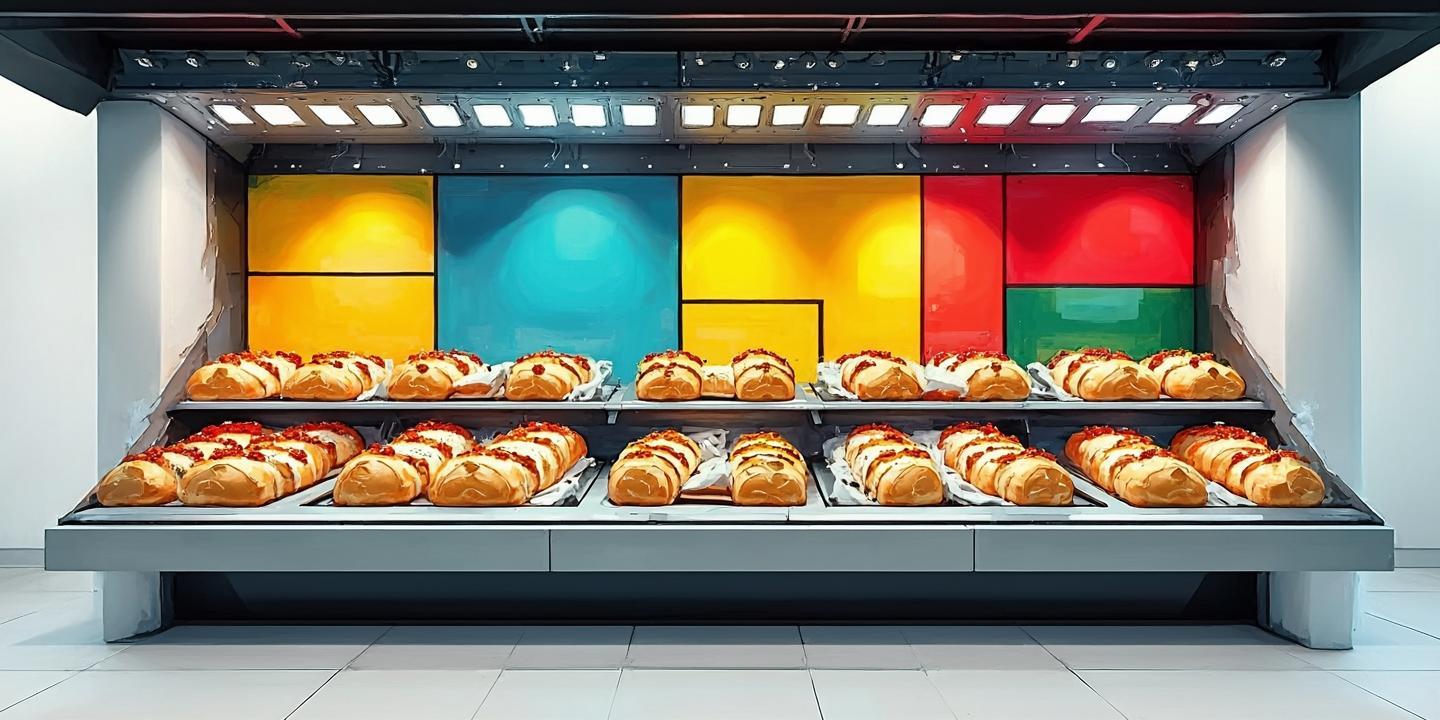发布时间2025-06-20 15:56

在学习英语的过程中,掌握词汇的用法和位置至关重要。尤其是对于孩子来说,理解一个单词在句子中的位置不仅能帮助他们正确表达,还能为未来的语言学习打下坚实基础。今天,我们将以“spoon”为例,探讨如何教孩子理解这个词在句子中的位置,并通过实际例句和技巧,帮助孩子轻松掌握这一知识点。
“Spoon”是一个常见的名词,表示“勺子”。它在句子中的位置直接影响句子的结构和意义。例如,在“Please pass the spoon”和“The spoon is on the table”这两句话中,“spoon”分别作为宾语和主语出现。理解“spoon”在句子中的不同位置,有助于孩子更好地组织语言,避免语法错误。
借助图片和实物
孩子对视觉和触觉的感知更敏感。可以通过展示勺子的图片或实物,让孩子在具体的语境中理解“spoon”的位置。例如,指着图片说:“This is a spoon.”或“The spoon is in the bowl.”
使用游戏和互动
游戏是孩子学习的最佳方式之一。可以设计一些简单的句子填空游戏,例如:“The spoon is ___ the table.”(on/in/under),让孩子通过选择正确的介词理解“spoon”在句子中的位置。
位置错误
孩子可能会将“spoon”放在错误的位置,例如:“Is the spoon where?” 应纠正为:“Where is the spoon?”
遗漏介词
孩子可能会遗漏介词,例如:“The spoon is the table.” 应纠正为:“The spoon is on the table.”
混淆主语和宾语
孩子可能会混淆“spoon”的主语和宾语用法,例如:“The spoon she picked up.” 应纠正为:“She picked up the spoon.”
多读多听
通过阅读和听力练习,孩子可以接触到更多“spoon”在不同句子中的用法。建议选择适合孩子年龄的英语绘本或音频资源。
模仿造句
鼓励孩子模仿例句造句,例如:“The spoon is on the table.”可以扩展为:“The spoon is on the table next to the plate.”
定期复习
通过定期的复习和练习,孩子可以巩固“spoon”的用法,避免遗忘。
餐桌场景
在餐桌上,可以引导孩子用“spoon”造句,例如:“Can you pass me the spoon?”或“The spoon is next to the fork.”
厨房场景
在厨房中,可以教孩子描述勺子的位置,例如:“The spoon is in the drawer.”或“She is stirring the soup with the spoon.”
游戏场景
可以设计一些与“spoon”相关的互动,例如:“Find the spoon in the room.”或“Describe where the spoon is.”
通过以上方法和技巧,孩子可以逐步掌握“spoon”在句子中的位置,并在实际生活中灵活运用。这不仅有助于提高他们的语言能力,还能增强他们的表达自信。
猜你喜欢:outh
更多少儿英语